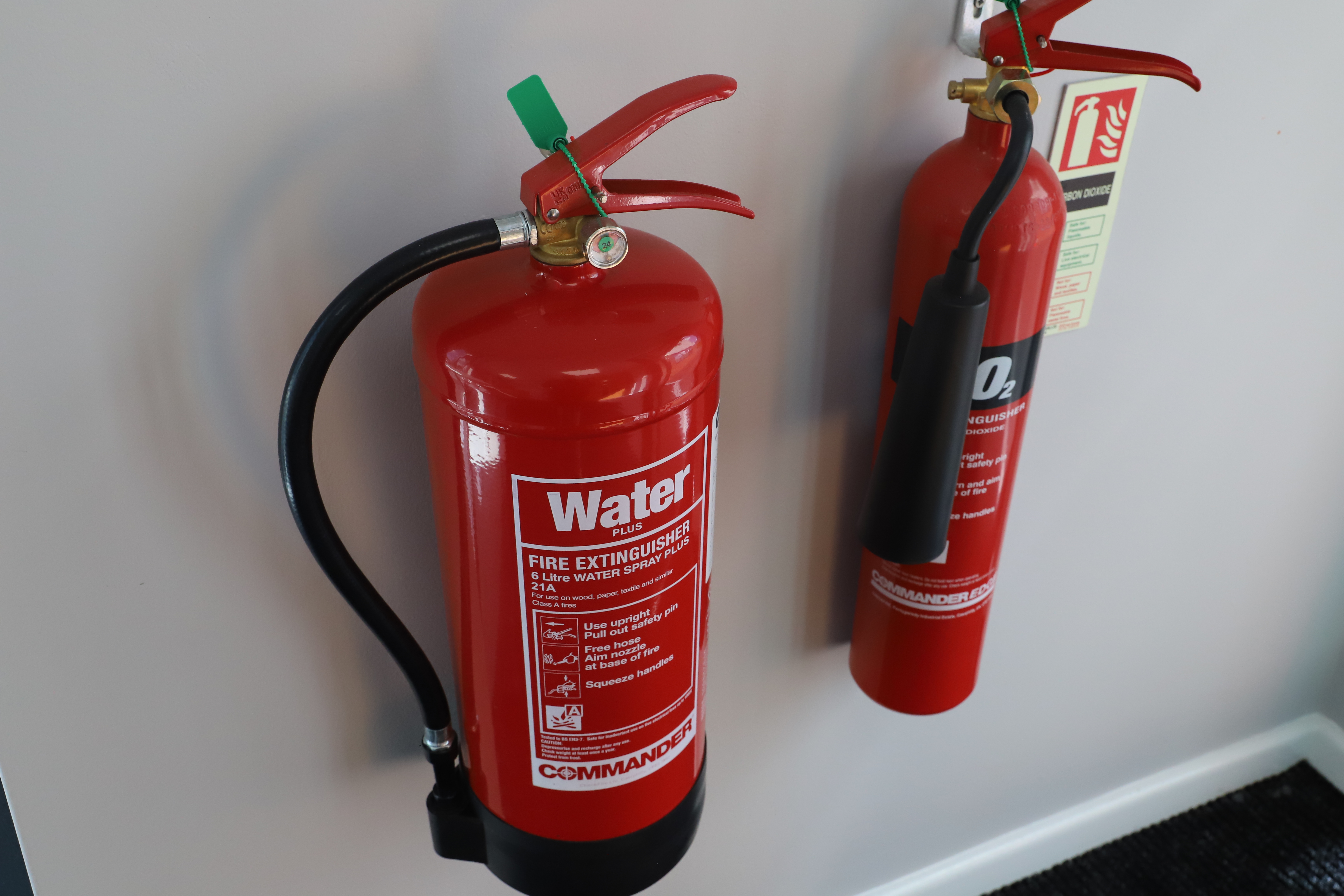Why a Cause & Effect Matrix is Essential for Fire Alarm Systems

A Cause and Effect matrix (C&E matrix) for fire alarms is a vital tool used in the design, implementation, and maintenance of fire detection and alarm systems. This matrix serves as a detailed mapping of how different inputs (causes) within a fire alarm system trigger specific outputs (effects). Simply put, it defines the relationship between various fire detection devices such as smoke detectors, heat sensors, or manual call points, and the actions they initiate, like sounding alarms, activating sprinklers, or notifying emergency services. In accordance with The Regulatory Reform (Fire Safety) Order (RRO), Approved Document B, BS 9999, and BS 5839 Part 1, all modern complex buildings must be designed with and incorporate fire detection systems as part of a comprehensive fire strategy and risk assessment framework. A cause and effect matrix for fire alarms is not a specific legal requirement in the UK. However, creating and implementing a cause and effect matrix is considered best practice and is often used to meet broader legal obligations under UK fire safety regulations.
The primary importance of a C&E matrix lies in its ability to clearly define how the fire alarm system should operate in different scenarios. This is particularly crucial in complex buildings where multiple detection devices and alarm points may exist. The matrix ensures that every possible cause (e.g., smoke detected in a specific area) has a predefined effect (e.g., activating alarms in that area and alerting the fire brigade). By mapping out these relationships, the matrix ensures that the system responds appropriately and reliably during an emergency.
Different buildings and environments have unique fire safety requirements. A C&E matrix allows for the customisation of the fire alarm system to meet these specific needs. For instance, in a hospital, the response to a fire detection might differ from that in an office building. Some areas may require immediate evacuation, while others may need a phased approach. The matrix enables these specific adaptations, ensuring that the fire alarm system is perfectly tailored to the building’s needs.
Fire safety regulations often require that alarm systems are designed and maintained to a certain standard. The C&E matrix provides a clear and auditable document that can be used to demonstrate compliance with these regulations. Not only this, A Cause and Effect matrix enhances safety by ensuring that all potential fire scenarios have been considered and that appropriate responses have been defined and programmed within the system.

(Picture above) An example of basic cause and effect matrix.
The Importance of Cause and Effect Matrix for Testing Fire Alarms
Testing a fire alarm system is essential to ensuring its reliability in an emergency. The C&E matrix provides a structured approach to this testing. By following the matrix, technicians can systematically check each cause and verify that the corresponding effect occurs as expected. This helps identify any faults or discrepancies in the system before they can cause a problem in a real fire scenario.
In the event of a system malfunction, the C&E matrix can be invaluable for troubleshooting. By referring to the matrix, technicians can quickly isolate where the fault may have occurred by identifying which causes are not triggering their expected effects. This speeds up the repair process, minimising downtime and ensuring the fire alarm system is back to full functionality as quickly as possible.
Importance of Cause and Effect Matrix in case of fire
In the event of a fire, time is of the essence, and the reliability of the fire alarm system can mean the difference between a minor incident and a catastrophic event. The C&E matrix ensures that the system behaves in a predictable and reliable manner, reducing the likelihood of errors or delays in activating critical safety measures like alarm notifications, sprinkler systems, and evacuation procedures.
The matrix helps manage evacuation by defining how different areas of the building should be evacuated based on the fire's location. For example, in a phased evacuation, the matrix would ensure that alarms in areas closest to the fire are activated first, followed by adjacent areas, preventing panic and overcrowding in exit routes.

How detailed can a Cause and Effect Matrix be?
Individual Device and Zonal Responses: The matrix can specify actions triggered by individual devices or zones, ensuring targeted and appropriate responses to fire detection.
Sequence of Operations: It can define phased evacuation procedures and escalation steps to manage responses as the situation develops.
Integration with Other Systems: The matrix can integrate with building management and fire suppression systems to coordinate comprehensive safety measures.
Multiple Scenarios and Redundancies: It can account for various fire scenarios and include fail-safe measures for system reliability.
Customised Responses for Special Areas: The matrix can include tailored responses for high-risk areas and critical infrastructure within the building.
User-Specific Requirements: It can be customised to meet the specific needs of building occupants, including those with disabilities.
Compliance with Regulations and Standards: The matrix ensures adherence to fire safety regulations and includes provisions for regular updates, drills, and testing.
A Cause and Effect matrix for fire alarms is a fundamental tool that enhances the design, testing, and operational effectiveness of fire safety systems. It ensures that every potential fire scenario is accounted for, that the system functions reliably during an emergency, and that testing and maintenance are conducted in a systematic and efficient manner.






